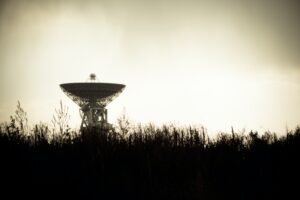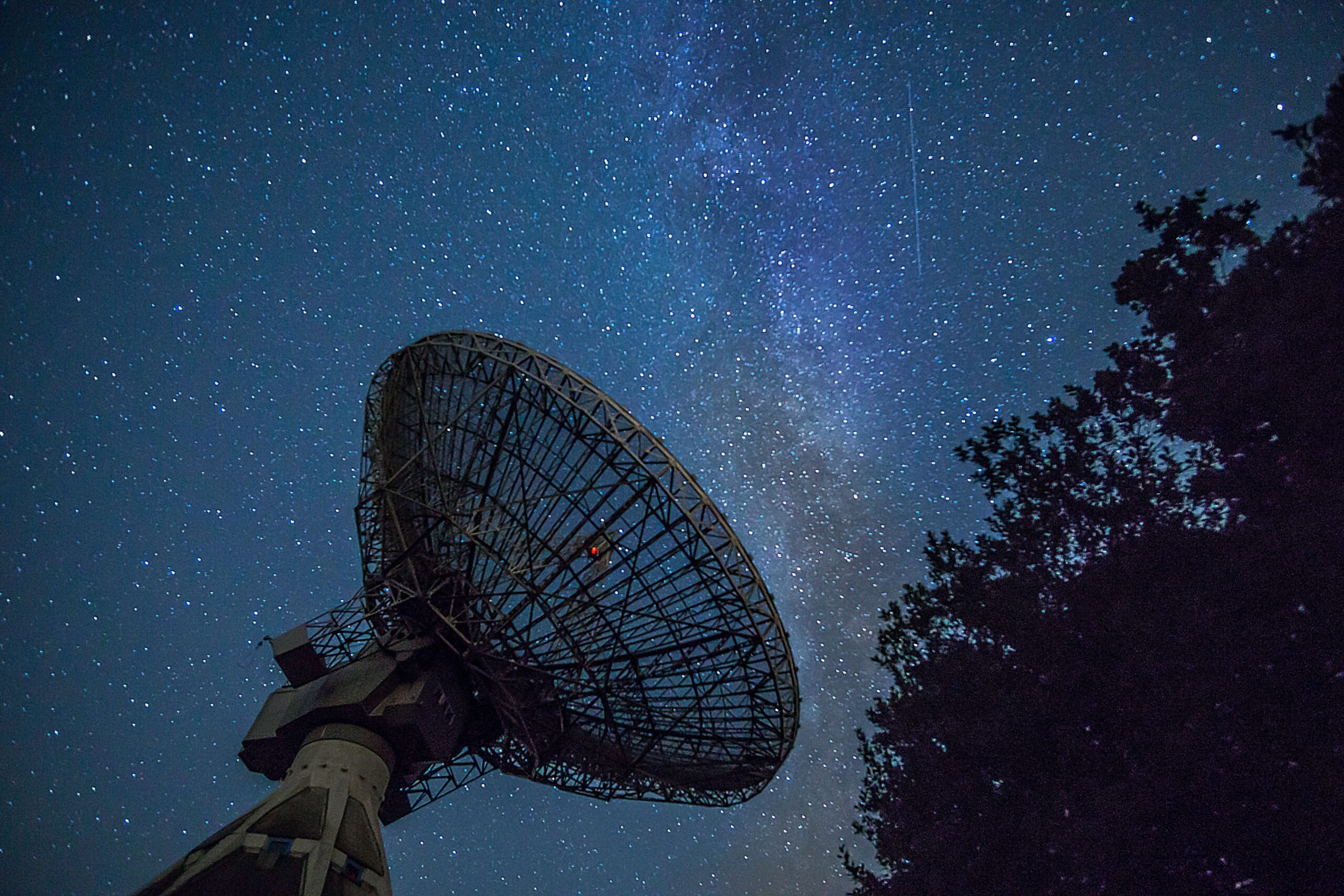
That radar, like many other inventions, is difficult to attribute to a specific individual. It was the result of much earlier research on the characteristics of electromagnetic radiation and the invention of several key electronic gadgets.
The issue of priority is complicated by the fact that radiolocation techniques were researched in many countries throughout World War II under military secrecy.
What is radar?
Radar is an object-detection system that uses radio waves to determine the range, angle, or velocity of objects. It can be used to detect aircraft, ships, spacecraft, guided missiles, motor vehicles, weather formations, and terrain.
A radar system consists of a transmitter that emits radio waves in a narrow beam towards an intended target, and a receiver that listens for echoes reflected off the target.
The receiver may be located at the same site as the transmitter, or it may be on a platform moving relative to the target, such as an aircraft, ship, or missile.
Radar was developed secretly by many nations before and during World War II. The United Kingdom, Germany, Italy, Japan, and the Soviet Union all experimented with radar systems during the 1930s.
In the United States, research was begun in earnest in 1935 by Robert M. Page and Leo C. Young of the Naval Research Laboratory (NRL) in Washington, D.C., after learning of British work on the topic.
Who invented Radar?
German engineer Christian Hülsmeyer is generally credited with inventing the first radar system in 1904. His “telemobiloscope” was designed to detect ships at a range of up to 2.5 km (1.6 mi).
The system used a spark-gap transmitter operating at 60 kHz and an antenna consisting of a dipole with a length of approximately one-half wavelength. The reflector was a circular metal screen placed around the transmitter.
In 1922, Scottish physicist Sir Robert Alexander Watson-Watt developed an electromagnetic wave radar system while working for the British National Physical Laboratory.
His system used a shortwave radio transmitter operating at about 500 kHz. The transmitter was connected to an antenna that was one-half wavelength long.
The reflector was a metal screen placed in front of the transmitter.
Watson-Watt’s system was tested in 1935 and found to be capable of detecting aircraft at a range of up to 300 km (186 mi). It was soon put into production as the “Chain Home” system, which was used to defend the United Kingdom during World War II.

Operational radar system
The first operational radar system was developed in the 1930s by German engineer Hans Hollmann. His “Freya” system was designed to detect ships at a range of up to 150 km (93 mi).
The system used a pulse-modulated transmitter operating at 20 kHz. The antenna was a parabolic reflector with a diameter of approximately one meter (3 ft).
The first operational radar system in the United States was the “SCR-270” system, which was developed in 1940. The system used a pulse-modulated transmitter operating at 10 MHz.
The antenna was a parabolic reflector with a diameter of approximately 3 m (10 ft).
The first operational radar system in the Soviet Union was the “P-1” system, which was developed in 1937. The system used a continuous-wave transmitter operating at 10 MHz.
The antenna was a parabolic reflector with a diameter of approximately 2 m (6.5 ft).
Radar used in war
Radar was used extensively during World War II, particularly by the Allied powers. It was used to detect and track enemy aircraft, ships, and submarines.
Radar systems were also used for navigation and target acquisition.
After the war, radar continued to be used for military applications, as well as for civilian purposes such as weather forecasting, air traffic control, and search and rescue.
What are the different types of radar?
There are several different types of radar, including air-defense radar, ground-based radar, naval radar, and space-based radar. Air-defense radar is used to detect and track enemy aircraft.
Ground-based radar is used to detect and track targets on the ground, such as vehicles or missiles. Naval radar is used to detect and track enemy ships.
Space-based radar is used to detect and track targets in space, such as satellites or space debris.
- Read also: The Invention Of Radio – Who and How It Was Invented
- Read also: How was the first airplane invented? The history of the airplane
How does radar evolve?
Radar has evolved over time to become more sophisticated. Early radar systems were limited in range and accuracy. Modern radar systems are much more powerful and can detect targets at greater distances with much greater accuracy.
What is the future of radar?
The future of radar is likely to involve even more sophisticated systems that can detect smaller and more distant targets with even greater accuracy.
Radar may also be used in new applications, such as detecting buried land mines or locating people who are lost in the wilderness.
Summary
Radar is a technology that uses electromagnetic waves to detect and track targets. It was originally developed for military applications, but it is now also used for civilian purposes such as weather forecasting, air traffic control, and search and rescue.
There are several different types of radar, including air-defense radar, ground-based radar, naval radar, and space-based radar.
Radar has evolved over time to become more sophisticated.
The future of radar is likely to involve even more sophisticated systems that can detect smaller and more distant targets with even greater accuracy.
Radar may also be used in new applications, such as detecting buried land mines or locating people who are lost in the wilderness.



